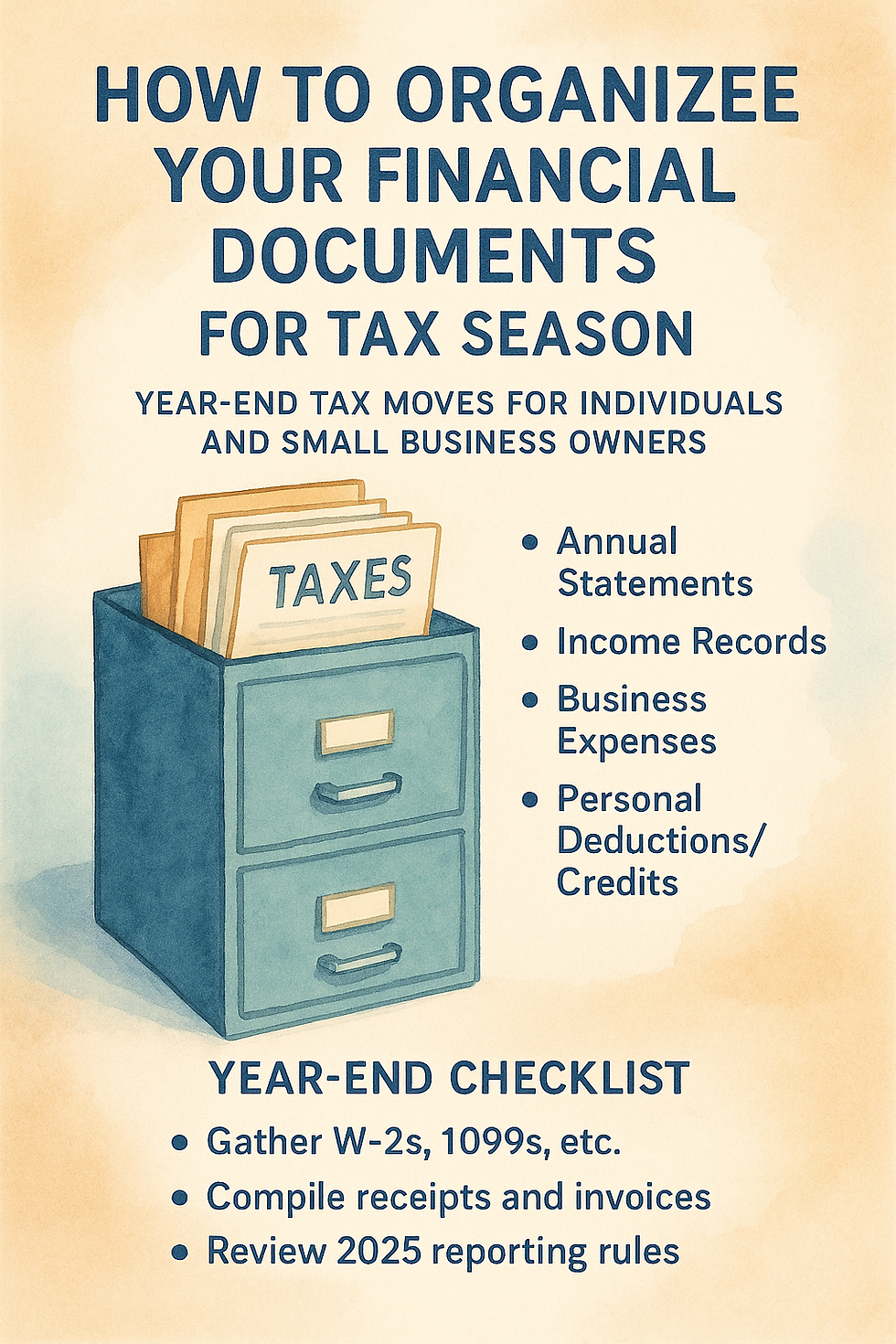Navigating Cash Flow: Essential Tips
- Gloria

- Apr 8
- 3 min read
If you're a small business owner, managing cash flow can sometimes feel like steering a ship through changing tides—requiring attention, skill, and steady hands. But the good news is, mastering cash flow management doesn't have to be complicated. With a few practical strategies, you can stabilize your finances and keep your business thriving.
Navigating Cash Flow for Small Businesses

Before we dive in, let's quickly clarify what navigating cash flow means. Simply put, cash flow is the money moving in and out of your business. Positive cash flow means more money coming in than going out—a critical factor for business survival and growth.
But what makes navigating cash flow particularly challenging for small businesses? Often, it's because they operate on tighter margins, have less access to financing, and deal with unpredictable customer payment schedules. That's why having a clear strategy is essential.
Practical Tips for Navigating Cash Flow
1. Keep Accurate Records
The foundation of healthy cash flow management starts with solid bookkeeping. Regularly update your financial records so you always know exactly how much money you have, what's due to come in, and what bills are due soon. Cloud-based accounting software like QuickBooks Online can simplify this process significantly.
2. Invoice Quickly and Clearly
Don’t wait to send out invoices. The sooner your invoice reaches your customer's inbox, the sooner you'll get paid. Clearly itemize products or services, terms of payment, and due dates to avoid confusion or delays. Consider offering discounts for early payments and clearly stating late-payment penalties.
3. Control Your Expenses
Regularly review and analyze your expenses. Look for areas where you might be overspending or opportunities to negotiate better terms with suppliers. Reducing unnecessary costs directly boosts your cash flow and gives your business greater flexibility.
4. Plan for Seasonal Fluctuations
If your business has peak seasons or periods of slower activity, prepare in advance. Set aside cash reserves during profitable periods to cover expenses during slower months. This proactive approach prevents financial stress and unnecessary borrowing.
5. Establish an Emergency Fund
Life happens—equipment breaks down, emergencies occur, and unexpected costs pop up. Building an emergency fund ensures you're prepared to handle these surprises without scrambling for cash or incurring debt.
6. Streamline Your Payment Process
Make it easy for customers to pay you. Accept various payment methods, such as credit cards, online payments, or even automated bank transfers. The fewer hurdles customers face when paying, the quicker you'll see the money in your account.

Monitor and Adjust
Navigating cash flow isn't a set-it-and-forget-it task. Regularly monitoring your cash flow statements helps you identify trends, anticipate problems, and adjust your strategies accordingly.
If numbers aren't your strength, don't hesitate to consult with a financial professional. Sometimes, an outside perspective can uncover opportunities and pinpoint potential issues you might overlook.
Take Control of Your Cash Flow Today
Navigating cash flow might feel overwhelming at first, but small steps can make a big difference. By applying these strategies consistently, you'll find that managing your business finances becomes second nature. Most importantly, you'll have more time and peace of mind to focus on what you love doing—growing your business.
If you need help navigating your cash flow or implementing these strategies, that's exactly what I'm here for—let's work together to steady your financial ship!
The information provided in this blog is for general informational purposes only and is not intended to be comprehensive or serve as professional advice. Every business and financial situation is unique. I encourage you to consult with a
qualified professional to address your specific needs and circumstances.





Comments